Classic trucks often featured side-mounted spare tires, a design choice that might seem unusual today but served several practical purposes. Understanding the reasoning behind this design can offer insight into the priorities and challenges faced by early truck manufacturers. This exploration delves into the historical, practical, and aesthetic reasons for this unique feature, drawing from various sources and expert opinions.
Historical Context and Design Evolution
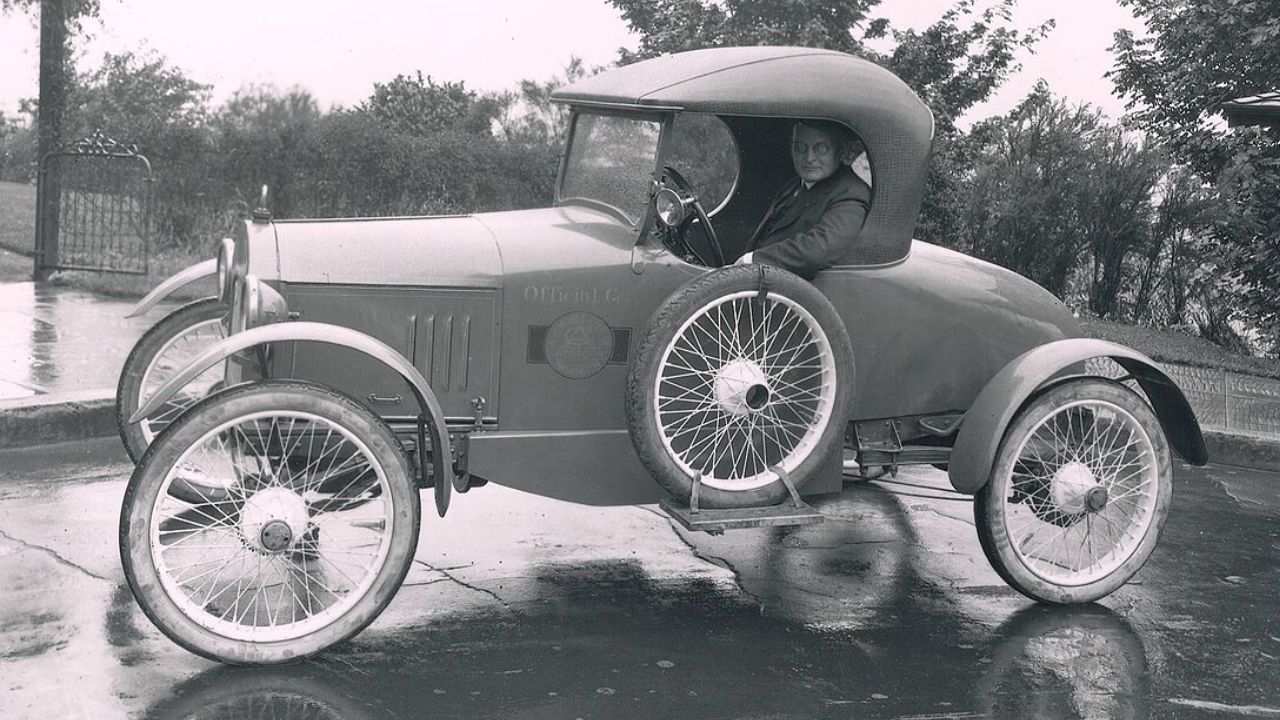
The early 20th century was a period of rapid innovation in automotive design, driven largely by utilitarian needs and the limited technology available at the time. Truck manufacturers prioritized functionality over aesthetics, often taking cues from the robust designs of military vehicles. This focus on utility is evident in the side-mounted spare tire, which was a practical solution to the challenges of the era. Spare tires needed to be easily accessible, and with trucks often operating in less developed rural areas, the design allowed for quick changes without the need for complicated tools or equipment.
During this time, broader automotive trends also played a role in shaping truck design. As personal vehicles became more common, car manufacturers experimented with various design features to attract buyers. Trucks, although primarily functional, were not immune to these trends. The influence of car design, coupled with the ruggedness of military vehicles, resulted in trucks that were both practical and visually distinctive. The side-mounted spare tire, although initially a practical necessity, became an integral part of truck aesthetics, setting them apart from other vehicles on the road.
Regulatory and safety considerations also impacted the placement of spare tires. While safety standards of the era were not as stringent as today, there was an understanding that spare tires needed to be secure yet accessible. Side-mounted spares met these requirements, providing a balance between safety and convenience. This design choice was not only a practical solution but also a response to the evolving expectations of safety in vehicle design.
Practical Benefits of Side-Mounted Spare Tires
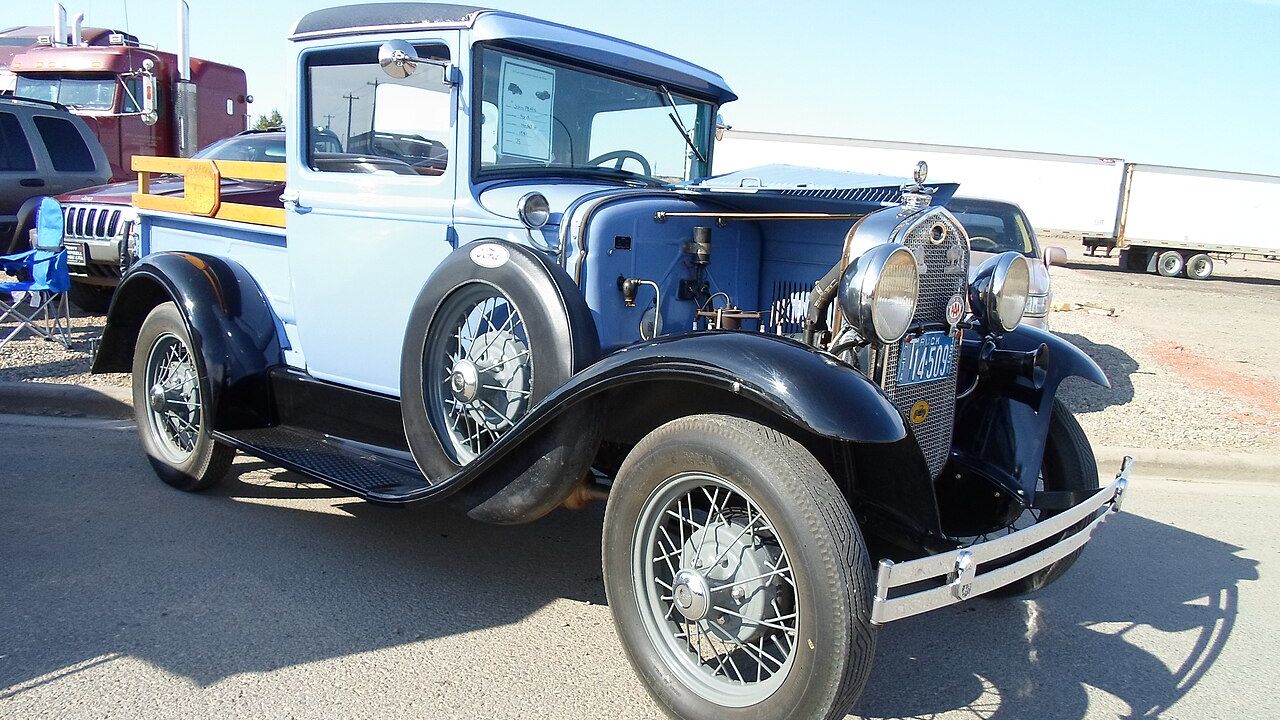
One of the primary benefits of side-mounted spare tires was their accessibility. In an era when roadside assistance was not readily available, drivers needed to be self-sufficient. A side-mounted spare allowed for quick and easy access, which was essential during emergencies, especially in remote or rural areas. This ease of access was a significant advantage, enabling drivers to change tires swiftly and continue their journey with minimal delay.
Another crucial consideration was space optimization. Trucks were primarily used for transporting goods, and maximizing cargo space was essential. By placing the spare tire on the side, manufacturers were able to free up valuable space in the truck bed. This design allowed for larger or more awkwardly shaped cargo to be transported without obstruction, making trucks more versatile and effective for their intended purposes.
Moreover, the side placement of spare tires contributed to better weight distribution and vehicle balance. By positioning the spare tire on the side, manufacturers could achieve a more even weight distribution, which potentially improved handling and stability. This was especially important for trucks, which often carried heavy or uneven loads. Improved balance not only enhanced the driving experience but also contributed to the overall safety and durability of the vehicle.
Aesthetic and Brand Identity
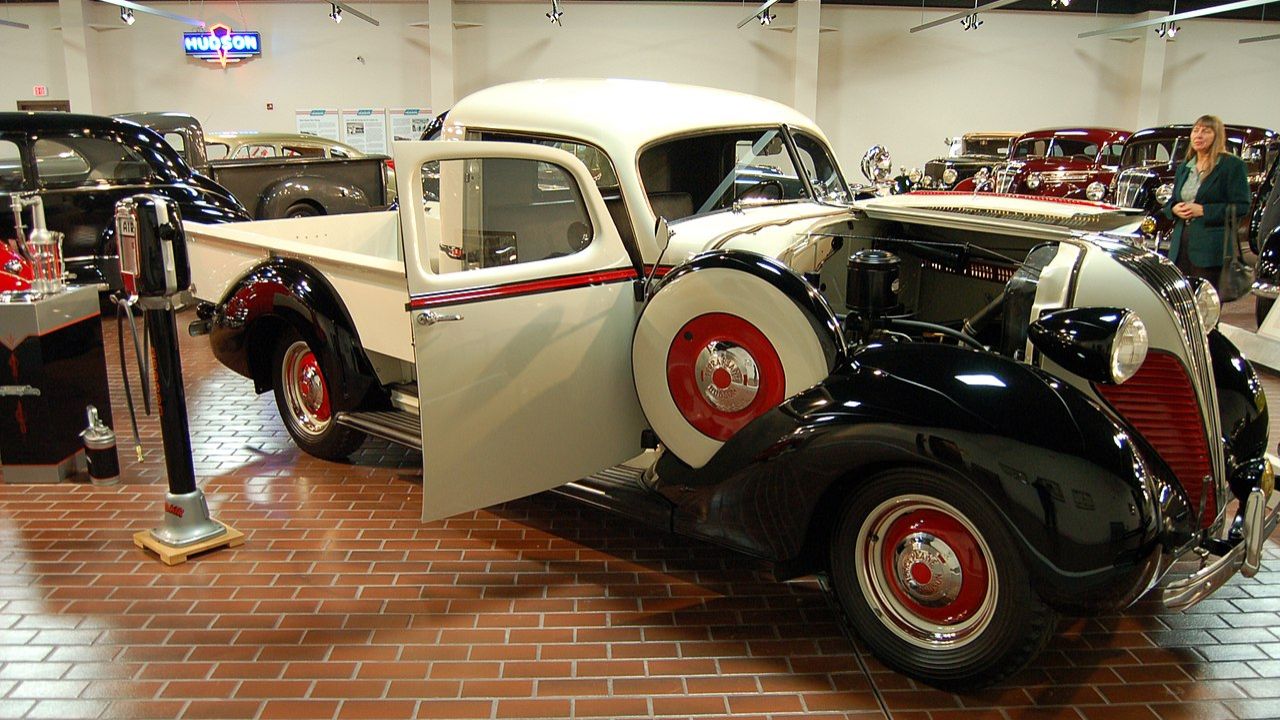
Beyond practicality, the side-mounted spare tire also became a distinctive design element. It added to the rugged, utilitarian image that defined classic trucks. This visual appeal was not just about aesthetics; it was a statement of the truck’s purpose and capability. Manufacturers recognized this and began to incorporate side-mounted spares as part of their branding strategy. They emphasized the readiness and practicality of their trucks, using the side-mounted spare as a visual cue that their vehicles were equipped for any situation.
Branding and marketing strategies highlighted the functional benefits of side-mounted spares, turning them into symbols of reliability and durability. This branding approach resonated with consumers, who associated these features with the rugged, go-anywhere spirit of classic trucks. Over time, the side-mounted spare became an iconic symbol, contributing to the nostalgic appeal that these vehicles hold today. Enthusiasts and collectors often seek out trucks with original side-mounted spares, as they represent an authentic piece of automotive history.
The cultural and nostalgic value of side-mounted spares cannot be overstated. They evoke a sense of adventure and independence, qualities that are still celebrated in classic truck culture. For many, these vehicles are not just modes of transportation but symbols of a bygone era when simplicity and practicality were paramount. The side-mounted spare, therefore, is more than just a design choice; it is a cherished element of automotive heritage.
Modern Perspectives on Classic Design Choices
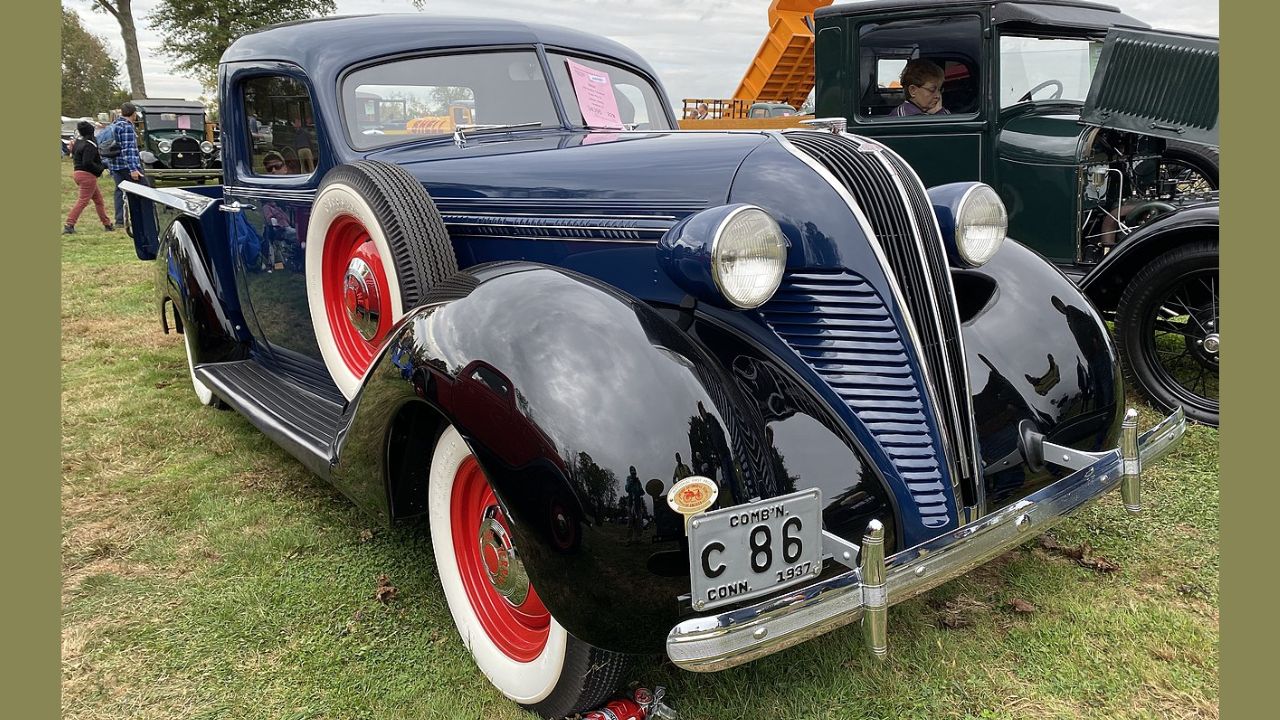
In the realm of restoration and customization, side-mounted spares continue to play a significant role. Enthusiasts often face decisions about maintaining authenticity versus modernizing their vehicles. While some opt to retain the original side-mounted design for its historical accuracy, others may choose to relocate the spare for practical reasons. This balance between authenticity and functionality is a common theme in the restoration community.
When comparing classic trucks to modern vehicles, the evolution in spare tire placement is evident. Advances in technology and design have led to new storage solutions, such as undercarriage mounts or interior compartments. These changes reflect a shift in priorities, with modern designs focusing more on aerodynamics and space efficiency. However, some manufacturers and consumers still appreciate the classic aesthetic, leading to niche markets where side-mounted spares remain a desired feature.
The legacy of side-mounted spares continues to influence modern truck design. Manufacturers seeking to evoke a classic aesthetic or cater to niche markets may incorporate design elements reminiscent of vintage vehicles. This influence is apparent in models like the Ford Bronco or the Jeep Wrangler, where the rugged, adventure-ready image is central to their appeal.
In conclusion, the side-mounted spare tire is more than just a functional feature; it is a testament to the ingenuity and design philosophy of early truck manufacturers. Its enduring presence in the automotive world speaks to its practicality, cultural significance, and the timeless appeal of classic truck design. Whether admired for their utility or cherished for their nostalgic value, these vehicles continue to capture the imagination of enthusiasts and collectors alike.
Like Fast Lane Only’s content? Be sure to follow us.
Here’s more from us:
*Created with AI assistance and editor review.

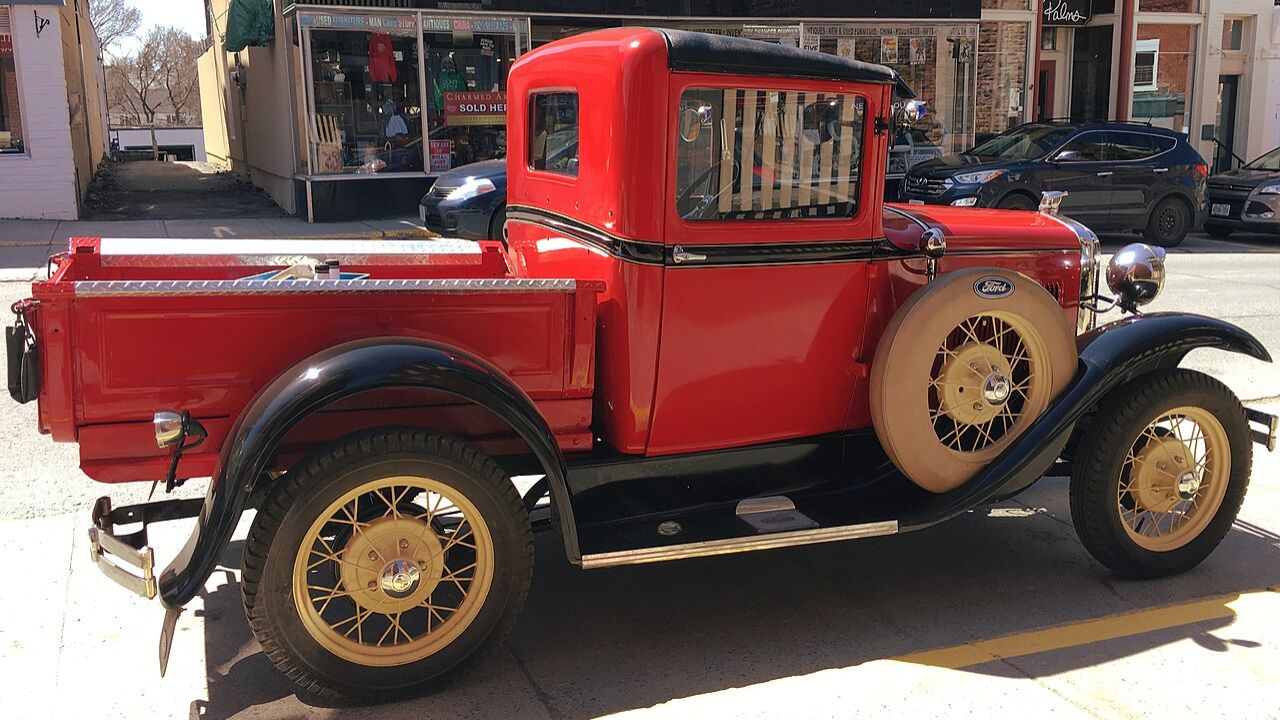
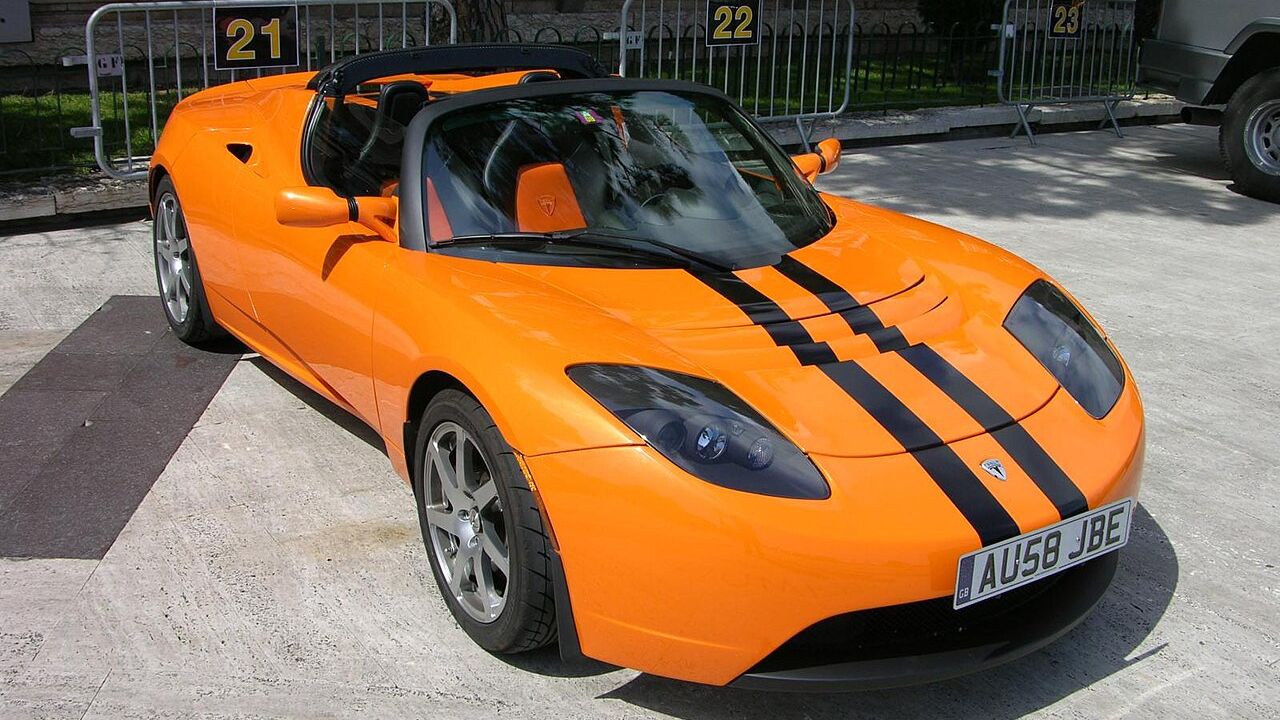
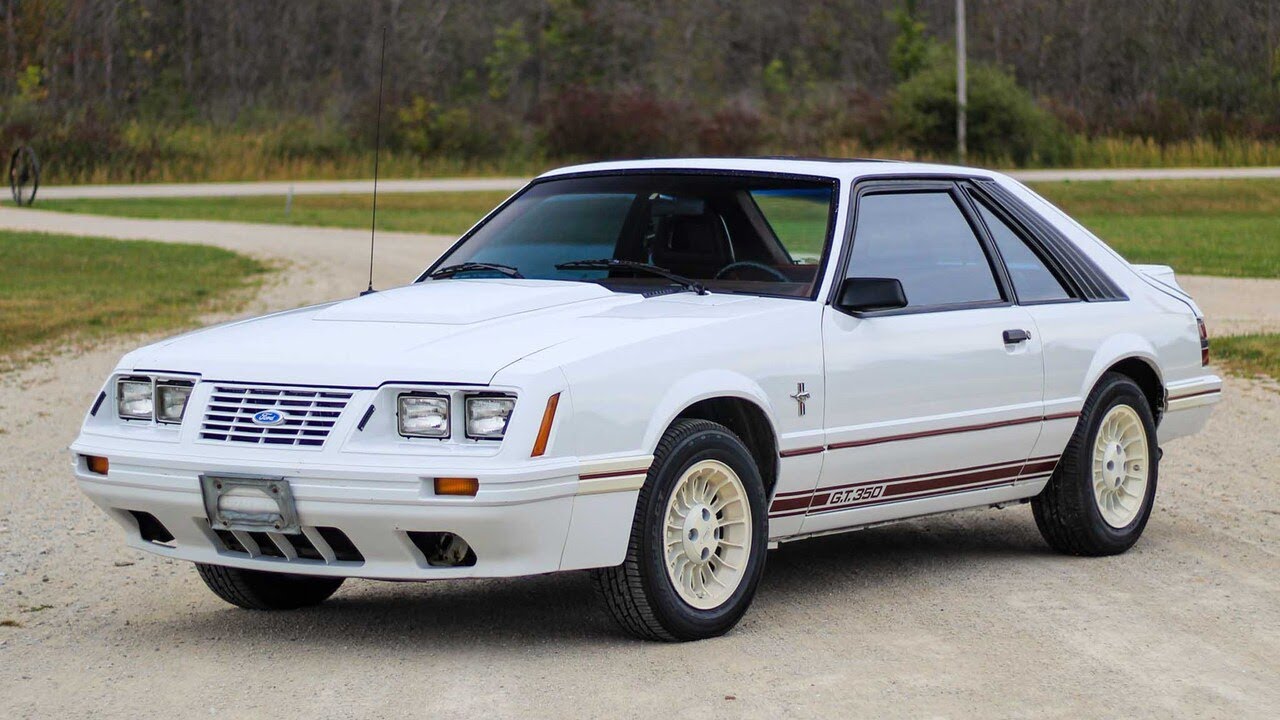

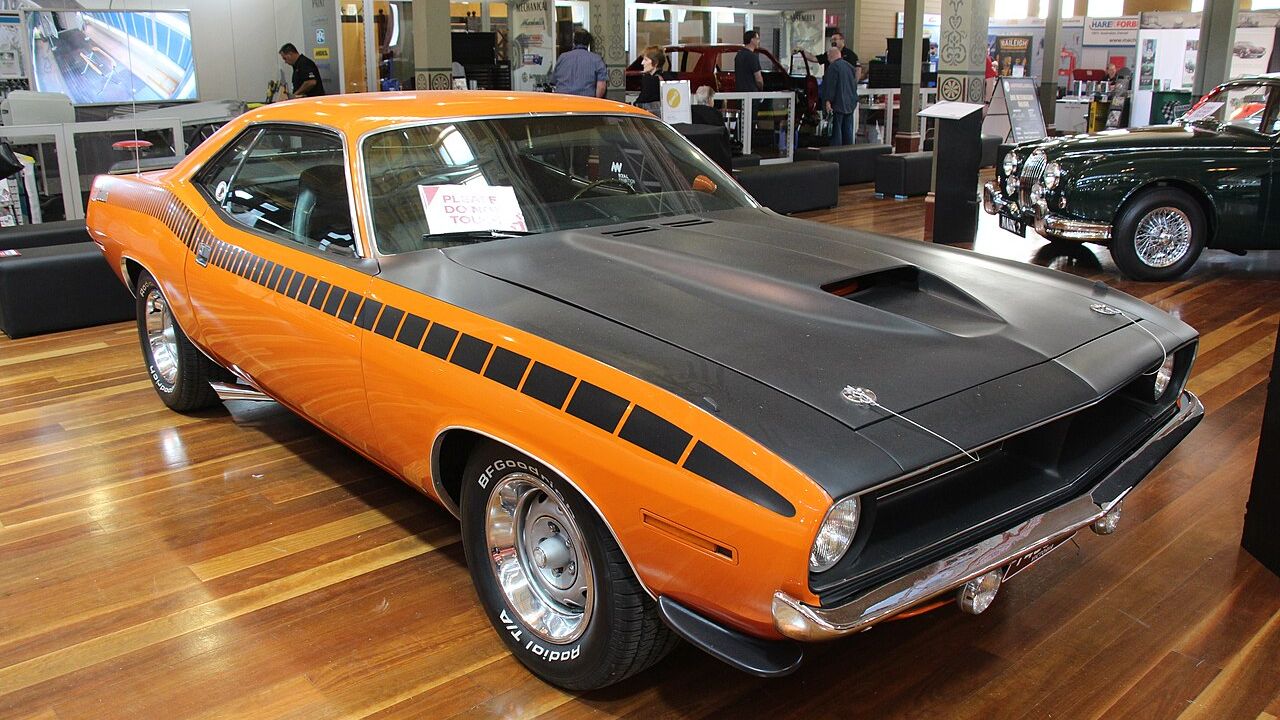

Leave a Reply